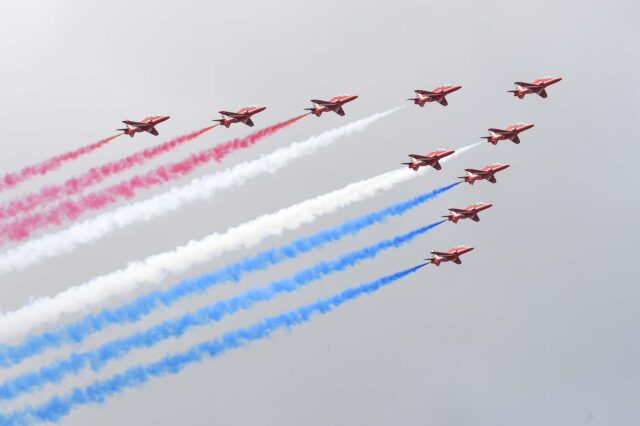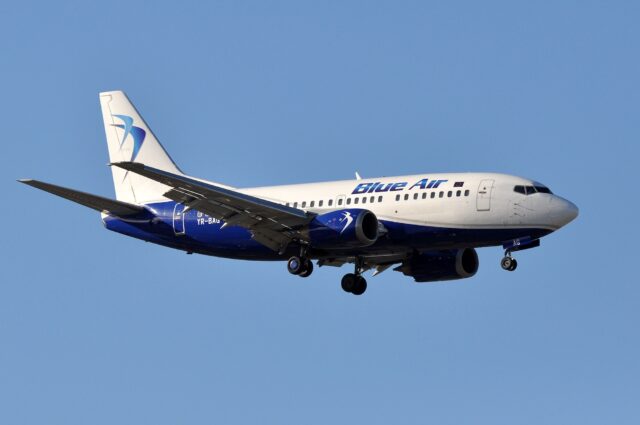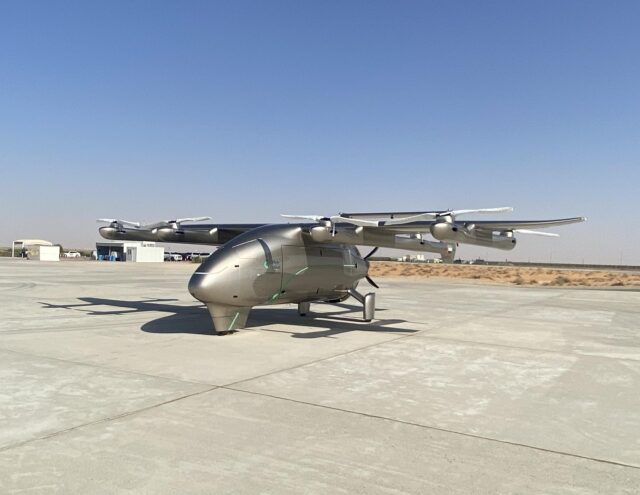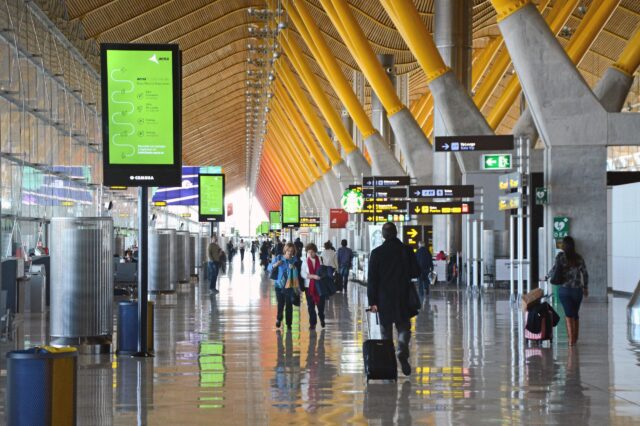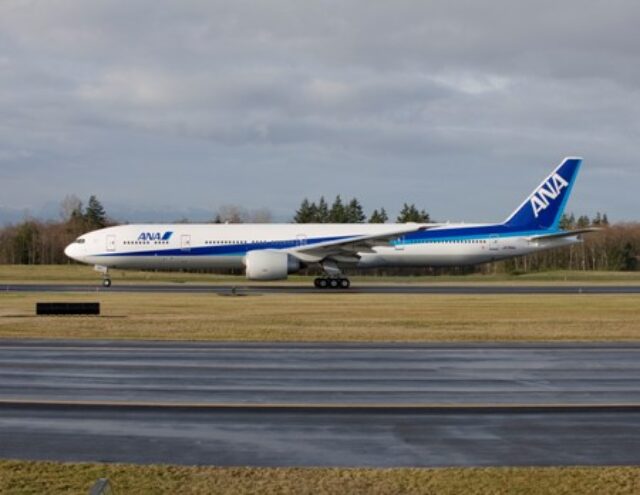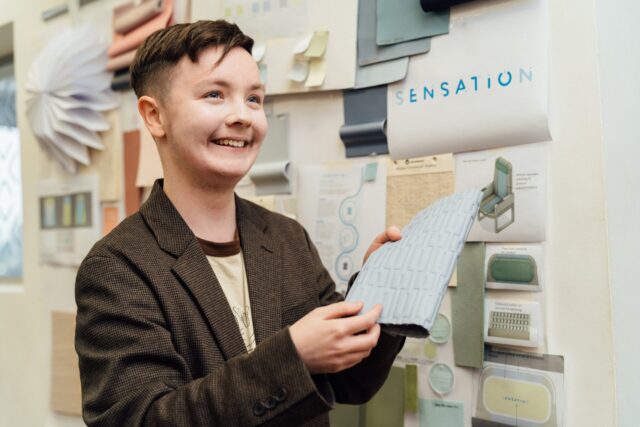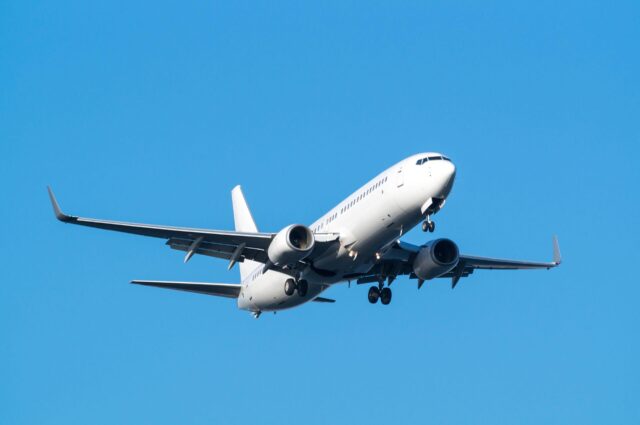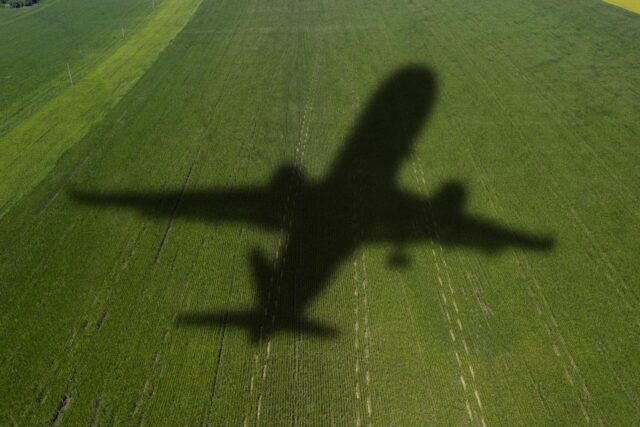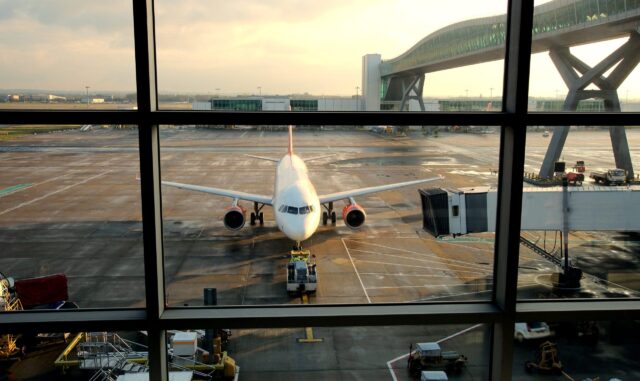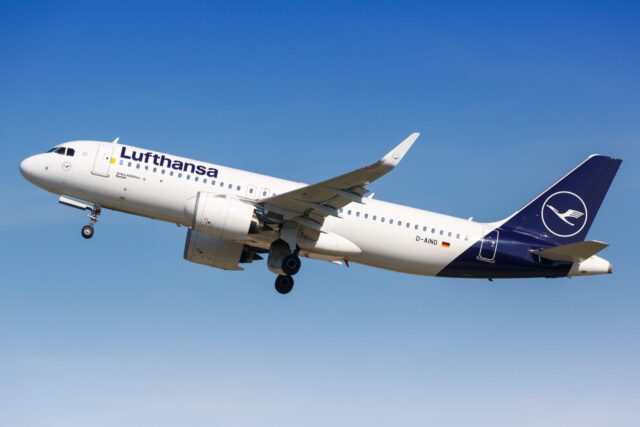From ‘Star’ to ‘Glory’ – HAL’s Sitara becomes Yashas
February 11, 2025

What HAL described as its “flagship jet training aircraft”, the Hindustan Jet Trainer, HJT-36 Sitara (‘Star’), has been renamed as the Yashas (‘Glory’). The new name was unveiled by Shri Sanjeev Kumar, the Secretary Defence Production with the Indian Ministry of Defence, in the presence of Dr D K Sunil, CMD of HAL and various senior officers.

Dr Sunil explained that: “The large-scale changes to the baseline intermediate training platform has led to significant upheaval in its capabilities and hence provided an opportunity for a new name to be given in accordance with the aircraft’s continued relevance as a training system for modern military aviation.”
HAL says that this marks a major milestone in India’s pilot training capabilities, and that now that it has been extensively upgraded with state-of-the-art avionics, an ultra-modern cockpit and advanced flight characteristics, the Yashas will redefine Stage II pilot training and help to improve IAF operational readiness.

The HJT-36 Sitara (‘star’) was designed as an indigenous Indian subsonic intermediate jet trainer to replace the HAL HJT-16 Kiran. It was designed and developed by Aircraft Research and Design Centre (ARDC) and is being built by Hindustan Aeronautics Limited (HAL) for the Indian Air Force and the Indian Navy.
HAL started work on an intermediate jet trainer In 1997, which became known as the HJT-36 Sitara and made its maiden flight in March 2003.
The aircraft entered limited series production by 2010 but was judged unfit for service due to its poor spin characteristics. These unacceptable stall/spin characteristics required a major redesign, moving the vertical fin further aft, level with the horizontal tail. Sitara flew for the first time in its new configuration In April 2019, after a three year modification to correct its spin characteristics.

Prototypes were powered by the SNECMA Larzac 04-H20 non-afterburning turbofan, and this will be replaced by the more powerful Russian Saturn/UMPO AL-55I in production aircraft.
In January 2022, HAL stated that the aircraft had passed a significant milestone with a successful spin test and would need just two more years of development before replacing the IAF’s ageing HJT-16 Kirans (12 Sitaras have already been delivered, but are not up to the final standard and are unlikely to be fit for service, with 73 on order).

